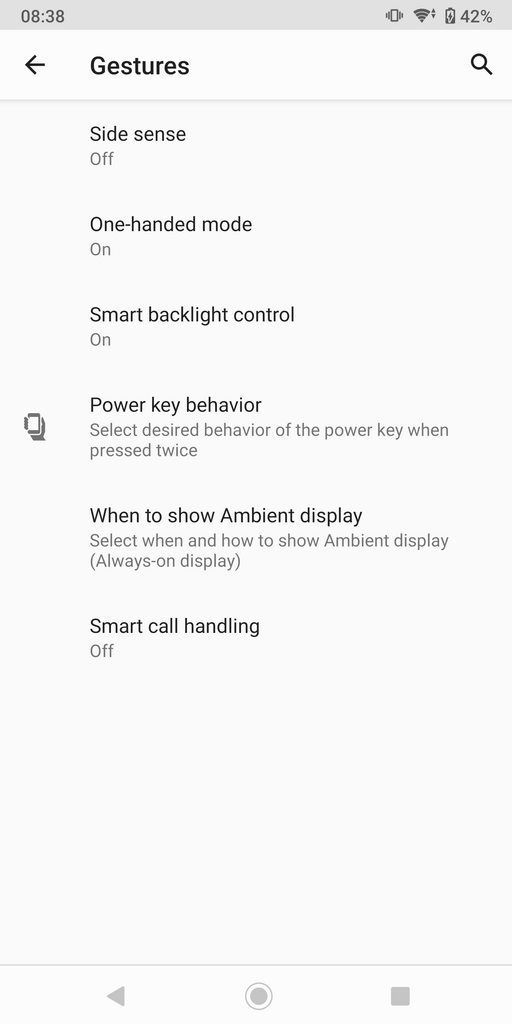Update (01/06/2020 @ 3:06 AM ET): Live images of the OnePlus 8 Lite have surfaced, showing off a triple rear camera setup. The leaked renders have been adjusted accordingly. Scroll to the bottom for more information. The article as published on December 7, 2019, is preserved as below.
OnePlus is going to have a busy 2020, as the company is preparing to launch more than its usual number of smartphones in the coming year. Renders of the OnePlus 8 were leaked even before the OnePlus 7T went on sale in a few regions, showing off its punch-hole curved display and triple rear camera setup. This was then followed up with leaked renders of the OnePlus 8 Pro, which claim this device will come with a similar punch-hole curved display, and a quad rear camera setup. Now, new renders have leaked for what is being claimed to be the OnePlus 8 Lite, OnePlus’ first mid-range smartphone in more than four years.

OnePlus’ last foray into the mid-range segment was with the OnePlus X, which was launched back in October 2015. OnePlus packed the OnePlus X with yesteryear’s flagship SoC, the Qualcomm Snapdragon 801, which was the same SoC that they had used on the OnePlus One that was launched in April 2014. The OnePlus X came with a new design, smaller screen size, and device footprint, but decent performance for its price. The phone had a few of its own limitations, which did not allow it to reach the same levels of popularity as the flagships from OnePlus.

With OnePlus flagships reaching proper flagship pricepoints in 2019, this is the perfect time for the company to revisit the mid-range segment. And if these new renders from @OnLeaks and 91Mobiles are to be believed, OnePlus is going to be doing exactly that with the OnePlus 8 Lite.

The OnePlus 8 Lite is expected to launch in the first half of 2020, presumably alongside the OnePlus 8 and OnePlus 8 Pro. The Lite moniker indicates that the device will likely lie in the relatively affordable mid-range category, unlike the proper flagships. However, keep in mind that the name might change since there is still quite some time for a 2020 launch event.
The renders of the device reveal that the phone will come with a flat display, likely to be between 6.4″ – 6.5″. There will also be a centered punch-hole display for the single selfie camera. The renders also reveal some of the more familiar OnePlus elements, such as the alert slider, the Type-C port on the bottom, and the lack of a 3.5mm headphone jack. Device measurements are expected to be approximately 159.2 x 74 x 8.6 mm.




The OnePlus 8 Lite will have a curved rear panel made of glass, with a blue gradient finish. The rear camera module is located on the top left, unlike the centered camera islands on the OnePlus 8 and OnePlus 8 Pro. Since this is the Lite variant, it comes with only two cameras and a few sensors, possibly including a ToF sensor as well. There is no fingerprint scanner to be spotted, which indicates that the phone will come with an in-display fingerprint scanner, and by extension, an AMOLED display.
It is unknown if the phone will come with a high-refresh rate display, or which processor it will come with, or the rest of its internal specifications. What will decide the success of this device, will definitely be its price and value.
Source: 91Mobiles
Update: Live images and updated renders with triple rear camera setup
The first set of live images of the OnePlus 8 Lite have leaked, showing off a design that is very similar to what was leaked.



However, the phone in the leaked renders sported a dual rear camera setup, while the live images indicate that the phone has the same camera island design, but with the third camera sitting in the position of the LED flash in the renders. Leaked renders from @OnLeaks get the overall design correct, but can sometimes get some confusion on the exact specifications, as for instance in the camera island. Similar confusion occurred with the Galaxy S11+, and the same has happened with the OnePlus 8 Lite. @OnLeaks has now updated his renders to match the live image leak.

Source: @OnLeaks, @IshanAgarwal
The post [Update: Triple rear cameras and Live images] OnePlus 8 Lite leaked renders show OnePlus’ first mid-range phone in four years appeared first on xda-developers.
from xda-developers https://ift.tt/2PkBlpE
via
IFTTT
























